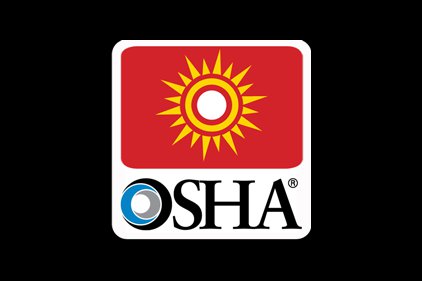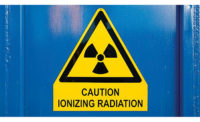OSHA interprets need for heavy FR uniforms
Comfort versus protection

 Scenario: I am an electrician with thirty years of experience. Currently, I'm employed as an electrician by the Greater Orlando Aviation Authority, at Orlando International Airport, FL. For the past ten years I have been wearing lightweight, light colored, loose fitting clothing while working in the heat and humidity. However, my employer has now instituted the mandatory use of heavy flame resistant uniforms which has to be worn at all times despite the fact that most of the daily work activities involve relamping, and not working in front of an open hot electrical circuit.
Scenario: I am an electrician with thirty years of experience. Currently, I'm employed as an electrician by the Greater Orlando Aviation Authority, at Orlando International Airport, FL. For the past ten years I have been wearing lightweight, light colored, loose fitting clothing while working in the heat and humidity. However, my employer has now instituted the mandatory use of heavy flame resistant uniforms which has to be worn at all times despite the fact that most of the daily work activities involve relamping, and not working in front of an open hot electrical circuit.
Question: Why can't the employees wear the regular loose fitting, lightweight clothing when relamping which is done 90 percent of the time, and wear the flame resistant clothing when we are called to work in front of the hot electrical circuit?
Response: OSHA's standards require employers to provide appropriate personal protective equipment (PPE) to protect employees exposed to electrical hazards encountered during the course of their duties. See, e.g., 29 CFR 1910.132, 29 CFR 1910.137 and 29 CFR 1910.335(a). If the conditions under which the employees are working pose heat stress hazards, the employer needs to evaluate such hazards and determine what appropriate action needs to be taken while still protecting the employees from electrical hazards. The employer could, for example, provide flame resistant clothing in lightweight, breathable fabric.
While OSHA does not have a specific standard covering heat stress hazards, the agency has previously cited employers who have allowed their employees to be exposed to serious physical harm from excessively hot work environments. The General Duty Clause, Section 5(a)(1) of the Occupational Safety and Health Act of 1970 (the Act), requires each employer to, "furnish to each of his employees employment and a place of employment which are free from recognized hazards that are causing or are likely to cause death or serious physical harm."
Some methods of abating heat stress hazards in workplaces include, but are not limited to:
- Permitting workers to drink water or cold liquids (e.g., sports drinks) at liberty;
- Establishing provisions for a work/rest regimen so that exposure time to high temperatures and/or the work rate is decreased;
- Developing a heat stress program which incorporates the following:
• A training program informing employees about the effects of heat stress, and how to recognize heat-related illness symptoms and prevent heat-induced illnesses;
• A screening program to identify health conditions aggravated by elevated environmental temperatures;
• An acclimation program for new employees or employees returning to work from absences of three or more days;
• Specific procedures to be followed for heat-related emergency situations; and
• Provisions that first aid be administered immediately to employees displaying symptoms of heat-related illness.
Looking for a reprint of this article?
From high-res PDFs to custom plaques, order your copy today!










